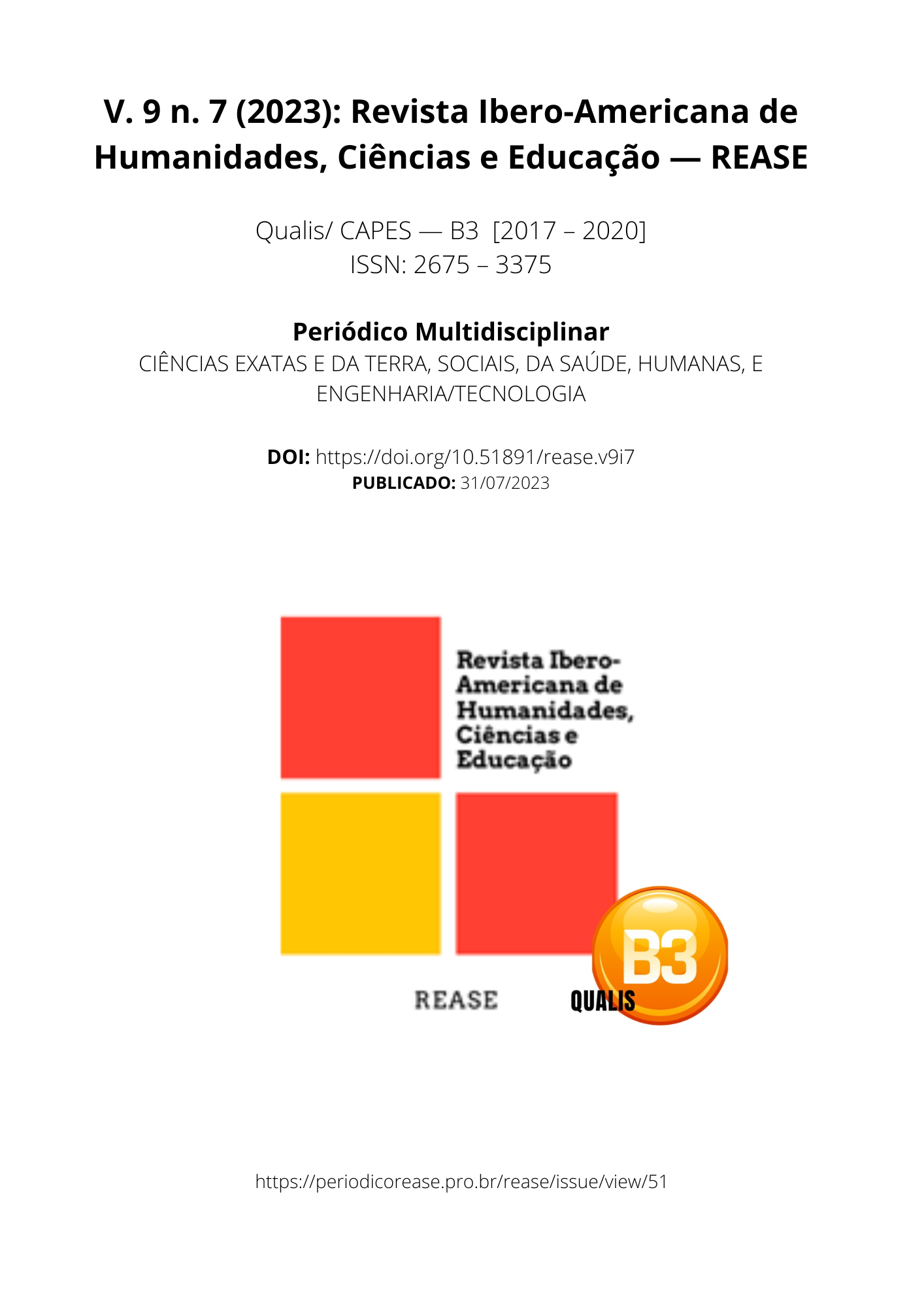USE OF TEA FOR HYPERTENSIVE PATIENTS: AN EXPERIENCE REPORT
DOI:
https://doi.org/10.51891/rease.v9i7.10624Keywords:
Integrative and Complementary Practices. Phytotherapy. Teas. systemic arterial hypertension.Abstract
Integrative and Complementary Practices (PICs) are understood as a set of systems and practices with products for clinical use, not considered as conventional medical practice. However, the consumption of these plants in Brazil is characterized by empirical use, since consumers generally do not recognize factors such as intoxication, allergic reactions and the adverse effects of these plants, resulting from indiscriminate use. Thus, this study aimed to report the experience of an educational action on the use of herbal medicines for hypertensive patients with a HiperDia group at a Basic Health Unit in northeastern Brazil. The intervention took place at the UBS with this group. The types of teas used were 12, cinnamon, orange leaf, chayote leaves, peppermint, ginger, holy grass, chamomile, lemon balm, boldo, hibiscus, fennel. For the materialization of the action, active methodologies were used. It was noticed that most of the hypertensive people present there, in addition to practicing herbal medicine as a moderator of blood pressure levels, also reported pleasure in consuming herbs, as a usual food activity and not knowing the contraindications related to the profile of chronic diseases.
Downloads
Downloads
Published
How to Cite
Issue
Section
Categories
License
Atribuição CC BY

